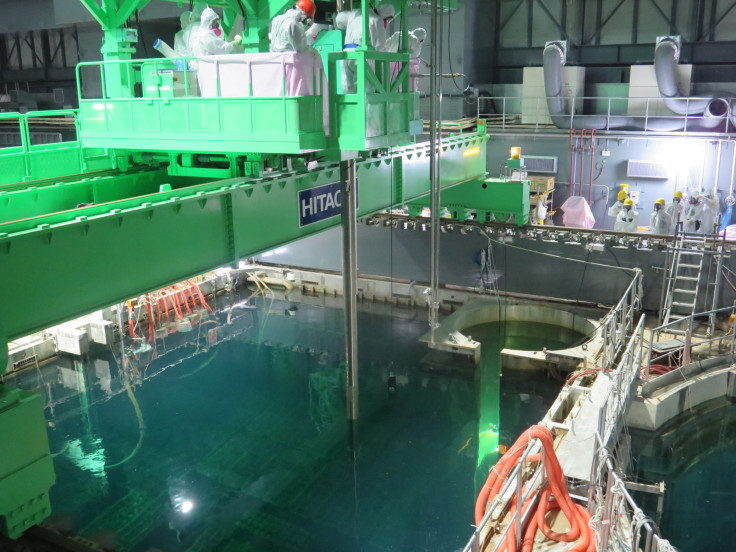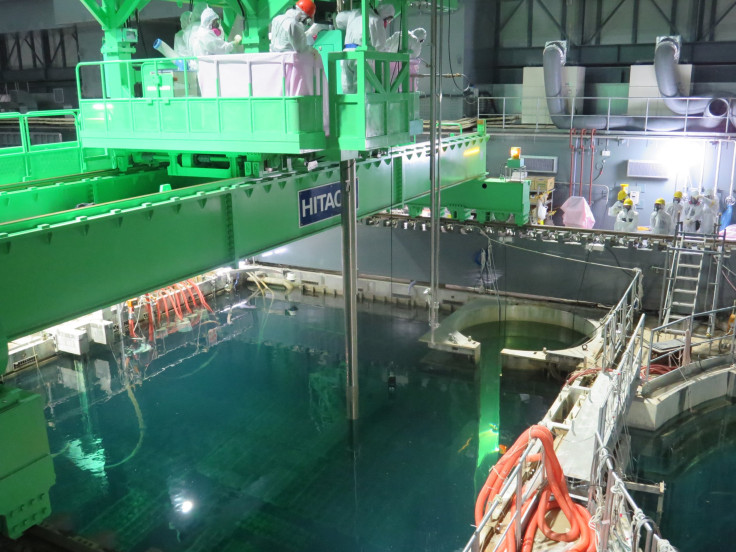Fukushima News: 'Unimaginable' Nuclear Reactor Radiation So Destructive, Not Even Robots Can Survive

Radiation inside Japan’s Fukushima nuclear plant reached such astronomical levels Thursday that not even a robot could survive inside. A remote controlled cleaning machine sent into the incapacitated plant had to be pulled out after it ceased to function due to high levels of radiation. It was the first time a robot had entered the No. 2 reactor since the plant’s meltdown in 2011.
Radiation reached “unimaginable” levels recently, experts told The Japan Times. The previous high was measured at 73 sieverts per hour, one year after the disaster. In contrast, new measurements showed radiation levels of 650 sieverts per hour. A single sievert would cause radiation sickness in a human, while a dose of 10 sieverts would cause death within weeks.
“I had hoped that the previous results were wrong,” a government source told The Japan Times. “But it is certain that there is an area with high radiation levels inside the reactor.”
Tokyo Electric Power Company (Tepco), the company tasked with the plant’s cleanup, said Monday it found evidence of nuclear fuel debris inside one of the reactors that might be responsible for such severe levels of radiation. The company has led the cleanup and recovery project since 2011 when a 9.1 earthquake and tsunami caused the worst nuclear disaster since Ukraine’s Chernobyl explosion in 1986. The disaster caused a blackout at the plant that halted its cooling systems, melting down three of its six reactors.
Continued radiation left a zone of more than 300 square miles around the plant uninhabitable. In December, the company doubled its estimate for the cost of the Fukushima cleanup to $188 billion.
Tepco said it hoped to send in a second robot in the coming days to do a fuller examination and re-measure radiation levels. The full decommissioning of the plant will likely take decades.

© Copyright IBTimes 2025. All rights reserved.






















